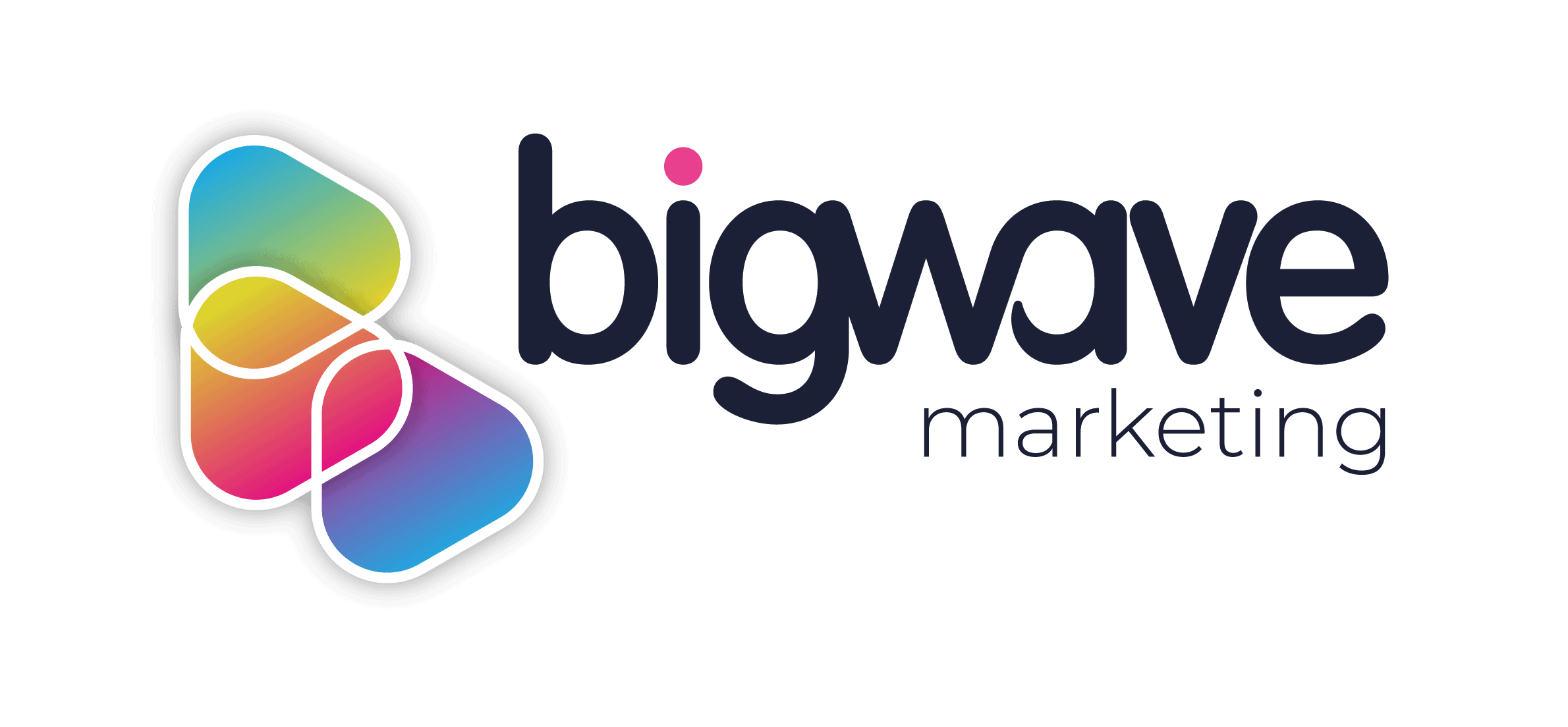Recently, Marketing Week posted a truly thought-provoking article titled “Stop defining over-50s by age alone or risk long-term brand decay.”
Their message was clear: neglect the over-50s to your detriment. This subset of the population is just as alive and kicking as any other. They use Instagram, swipe through Tinder and still know how to party like rockstars. What’s more, they’re the ones with disposable incomes.
In this case, then what exactly are advertiser’s excuses for cutting out such a significant chunk of their potential customer base?
Ignored and misrepresented
No doubt wondering much the same thing, Gransnet and Mumsnet recently delved into the issue, conducting a survey amongst 1,028 participants, all over 50. They were able to determine the following:
- 78% felt under-represented or misrepresented by advertising
- 62% believe they are being ignored because advertisers are too young to understand the demographic
- 49% actively avoid brands who ignore them
- 69% feel that they would be more receptive to advertising if it better represented their age group.
Buoyed on by this, I decided to conduct my own, much more limited, research (namely my mum, dad and their small circle of friends).
I was able to ascertain that every single one of them feels under-represented by the marketing world and would be much less frugal with their credit card should brands invite them to be.
In the frank words of my mother:

“Why should people assume that because I’m over 50, I live in cable-knit and drive a Nissan Cube? Jennifer Aniston just turned 50 and she’s the sexiest woman alive for crying out loud.”
The problem, it seems, is that 50 is a generation that marketers fail to understand.
Welcome to life after 50
Whilst the overwhelming bulk of brands are ignorant to this issue, others are taking it upon themselves to try and change the tide of thought. Life insurance firm, SunLife, released an entertaining campaign on the matter called welcome to life after 50:
The campaign amassed a wide audience and impressively managed to increase brand consideration by 8%. It got minds whirring and was hailed a success of monumental proportions, smashing down destructive myths about later life. But sadly, it wasn’t the catalyst for national change.
The average age of marketing professionals is 32. Shrouded in an impermeable bubble of youthfulness, they are suckered in by the stereotype that life is a gradual decline after 50.
Their philosophy is rooted in something we have studied at length here at Bigwave media – unconscious bias – where advertisers make decisions based on their personal experiences and background. They don’t understand what it is to be 50 and pigeon-hole this demographic as a result.
To be fair, marketers may have had a point fifty or sixty years ago. Back then, in the age of flock wallpaper and pleated skirts, half a century meant something. But in a time of advanced health care and medicine, the over-50s are basically twenty-year-olds with an unfortunate age-stamp against them.
Now we, as an innovative generation of marketers, need to move with the times. The over 50s have Halle Berry (yes really!) and Tom Cruise as their ambassadors. It’s projected that by the year 2037, people over 65 will account for ¼ of the population – a significant percentage of the population who won’t be hanging up their Louboutin’s anytime soon. Brands must seek to recognise this and look to include this dynamic generation, for the benefit of everyone.

